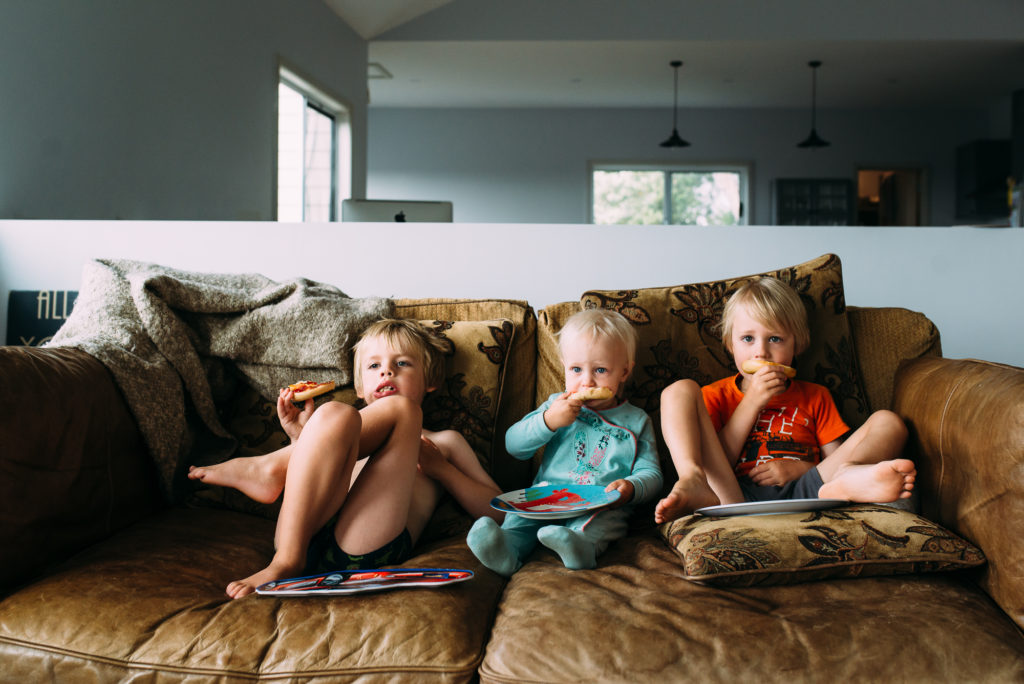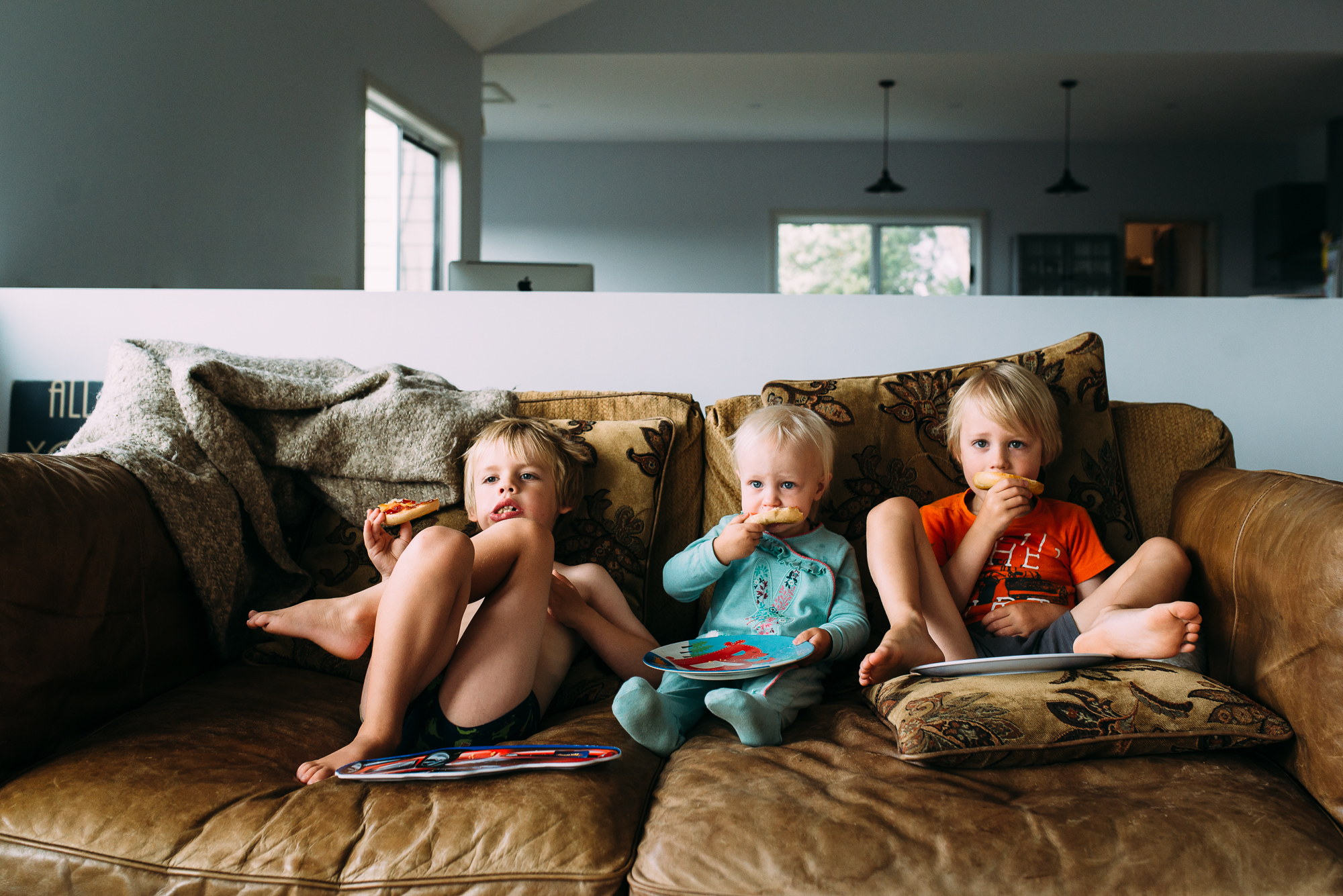
If you’re anything like me, you’ve been using your camera almost daily, taking pictures for years and just ignoring that little video camera icon switch staring at you everyday. I finally decided it was time to make the switch over and learn video. I’m kicking myself for not doing it sooner. Incorprating video into your documentary shooting is such an easy transition. You’re already capturing your everyday life with stills and telling your story. By adding video to your stills you’ll be adding the voices, the giggles, the wobbly baby steps, and the kisses…you’ll be adding the motion that helps bring your stories and memories to life. You’ll use all the same techniques you already know for composition, capturing the moment, and using light
There are numerous online workshops and tutorials that all cover different aspects of shooting video from storytelling to business and brand films, and YouTube will definitely be your friend when you’re just getting started. But the best way to learn is to just practice and play around. Dig out your camera manual, have a little read, make the switch and start shooting!
A few tips below that I’ve learned along the way:
1. Getting Started
You’ll be shooting video in live view in manual mode. If you don’t normally shoot in manual, I’d recommend closing down a few stops than you normally shoot in to make it a bit easier, at least to start with. If you’re photographing clients, start shooting a few clips of video as well and if you have enough to work with surprise them with a fusion film. The more you practice swapping between stills and video, the easier it becomes.
2. Move your body! A lot!
Just like when you’re shooting stills, you’ll want to completely shoot the scene and will need to capture it from all different angles. Think about your compositions and then shoot wide, tight, from above, from below, straight on, pan up, pan down, pan sideways…just keep moving! When you put your clips together you don’t want the viewer to be watching your film from the same point of view the entire time, and to avoid the clips looking ‘jumpy’ vary the angles. Start with a clip shot straight on followed by one shot from above, then from below, then panning above, then back to straight on.
You don’t always need to follow the action. Let the action come in and out of your frame. Capture the little details to help set the scene and tell the story. A wide shot of the outside of the family house, the sun rays on the leaves, the rain falling, the bubble bath and kids towels, the pictures on the wall, the toys on the floor, the baby clothes hanging in the closet, the muddy knees, the baby toes, etc.
3. Music and Colour Grading
Finding the right music for your film is SO important. It sets the mood for your film and helps bring out the emotion in the viewer. I can literally spend hours listening to music to find the right one, and have gone as far as re-editing a film because I wasn’t convinced the music was right. A tip to make it less time consuming is to mark your favourites. This will give you a short list of songs that may not be right for one project but could be right for the next one. There are a number of music licensing sites, some with subscription based fees which are great if you’re making a lot of films and some that offer music for as little as a few dollars for personal films, so there is no reason to not find great music for your project.
There are also different options for editing from Premier Pro, to Final Cut Pro to iMovie, each with their own pros and cons and lots of tutorials online, so you’ll need to find what works best for you. I was already an Adobe Cloud user and could bundle my applications together, so I edit in Premier Pro. I do find the editing options a bit limited, so I colour grade and edit my clips in Lightroom first. It’s an extra step and can be time consuming depending on how much work you do to the clips, but it helps keep my clips looking consistent and I can match them to my style of photography as well.
4. Think about the story you want to tell
You’ll want your film to flow so you need to think about the story you want to tell. Have you shot an opening scene, and the middle or body of the story. How will it end? Sometimes I shoot my ending clips at the very beginning of the shoot and sometimes I’ll shoot a whole scene that doesn’t make into the final film. You’re the artist and the visual storyteller, so you need to decide on how to best tell the story.
5. Get Creative!
Try making a film in slow motion, or using a lensbaby or a macro lens for an entire film. Start a film project – one second a day for a year, a day in the life, daily breakfasts for a month. The options are endless, just get creative, start shooting and have fun!
